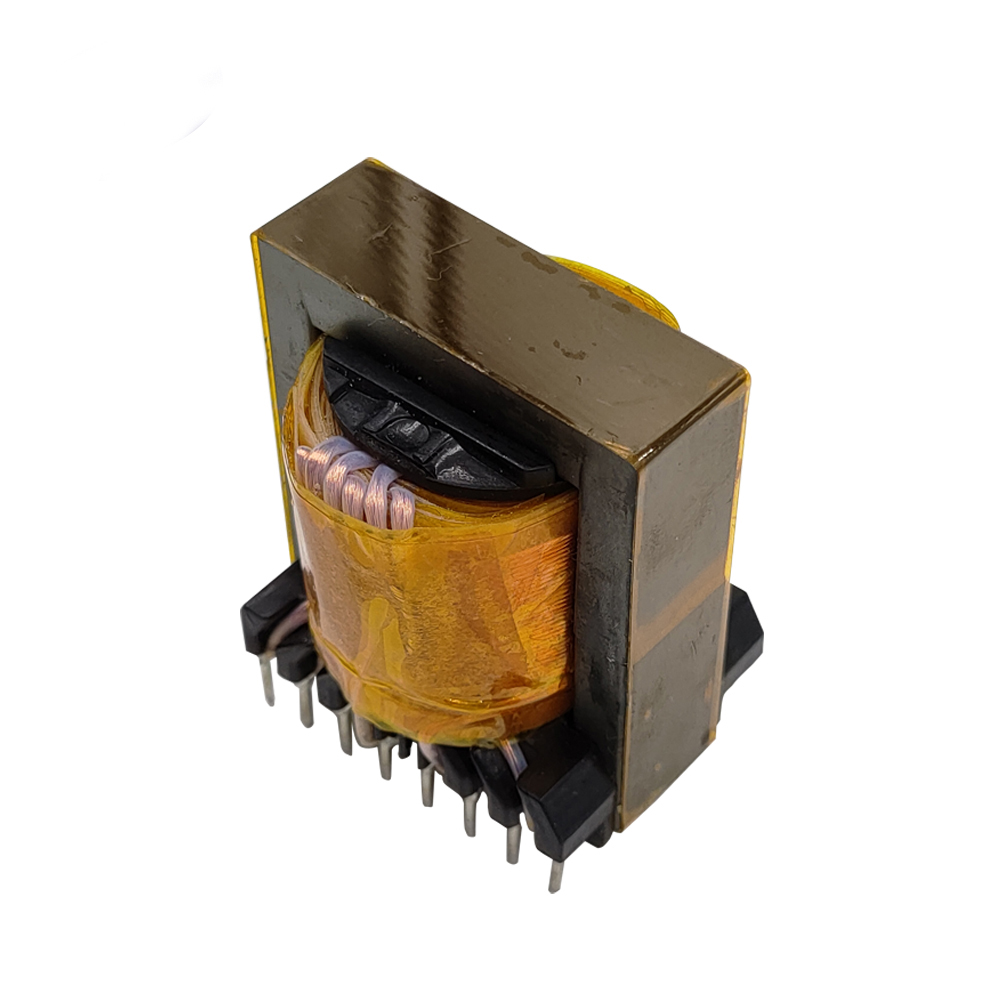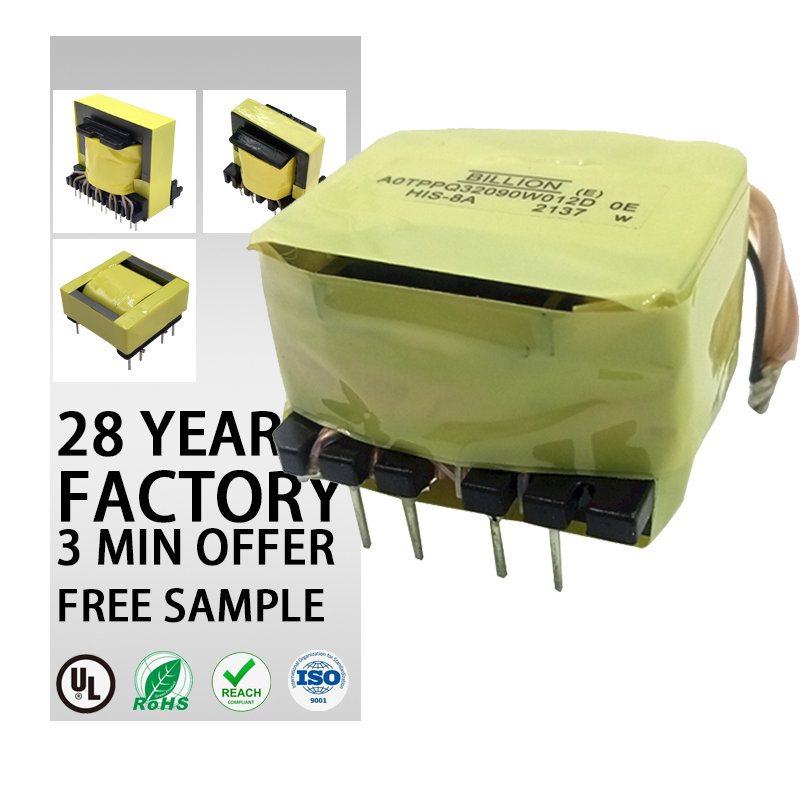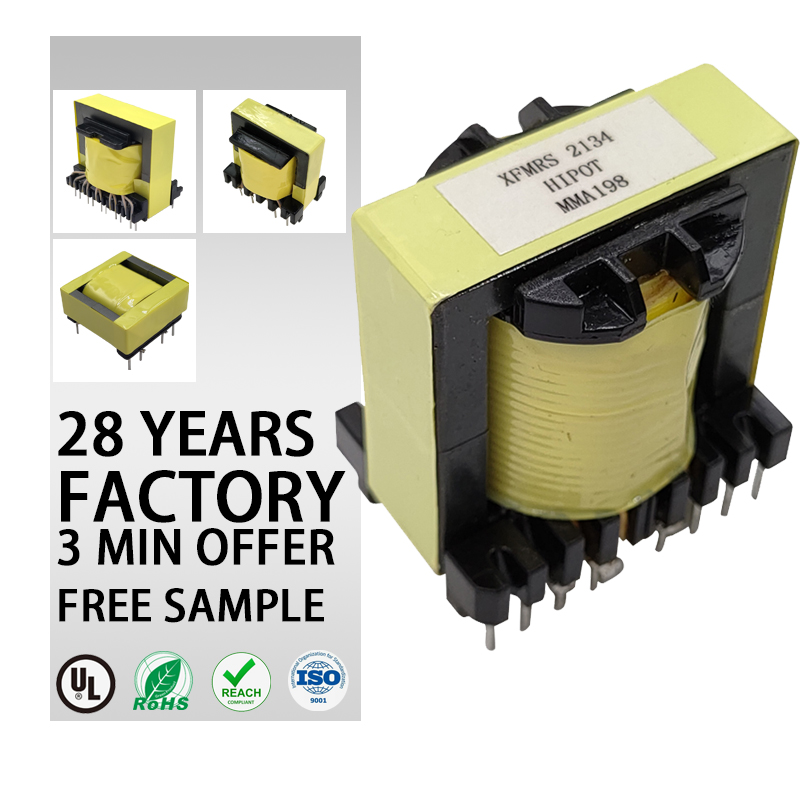What are the disadvantages of pulse transformer?
2024-06-25
Pulse transformers, despite their usefulness in various applications, have several disadvantages. Here are the key drawbacks:
1. Frequency Limitations
- High-Frequency Response: Although pulse transformers are designed for high-frequency signals, they have an upper frequency limit. At very high frequencies, parasitic inductances and capacitances can cause signal distortion and attenuation.
2. Size and Weight
- Core Size: To handle higher power levels or to maintain low distortion at lower frequencies, the core size must be increased. This can make the transformer bulky and heavy.
- Material Considerations: The use of high-quality core materials necessary for optimal performance can contribute to the overall weight and cost.
3. Complex Design and Manufacturing
- Winding Techniques: Precise winding techniques are required to minimize leakage inductance and parasitic capacitance. This makes the design and manufacturing process more complex and expensive.
- Shielding Requirements: Additional shielding might be needed to reduce electromagnetic interference (EMI), further complicating the design and increasing costs.
4. Limited Bandwidth
- Narrow Bandwidth: Pulse transformers are typically optimized for specific frequency ranges. Performance can degrade outside this range, limiting their effectiveness in broadband applications.
5. Signal Distortion
- Rise and Fall Times: Pulse transformers can introduce distortion, especially if not designed correctly or if operated outside their optimal frequency range. This includes issues with rise and fall times of the pulses.
- Core Saturation: At high power levels or improper drive conditions, core saturation can occur, leading to significant signal distortion and reduced performance.
6. Efficiency Losses
- Energy Losses: Pulse transformers can experience losses due to core hysteresis, eddy currents, and winding resistance, which reduce overall efficiency.
- Heat Generation: These losses can lead to heat generation, necessitating additional cooling measures in some applications.
7. Cost
- Material and Manufacturing Costs: The use of high-quality core materials and the precision required in manufacturing increase the cost of pulse transformers.
- Maintenance and Replacement: In harsh operating conditions, pulse transformers may require more frequent maintenance or replacement, adding to long-term costs.
8. Voltage Handling Limitations
- Insulation Challenges: Pulse transformers designed for very high voltages need excellent insulation between windings to prevent breakdown. Achieving this can be challenging and costly.
Summary
In summary, pulse transformers are crucial for many high-frequency and high-speed applications, but they come with several disadvantages, including frequency limitations, size and weight issues, complex design and manufacturing processes, limited bandwidth, potential signal distortion, efficiency losses, higher costs, and voltage handling limitations. Understanding these drawbacks is essential for engineers and designers to make informed decisions when selecting components for their specific applications.
E-MAIL: pxsales3@goldeneagle-cn.com
Phone: +86-18979985376
NAME: JUDY










